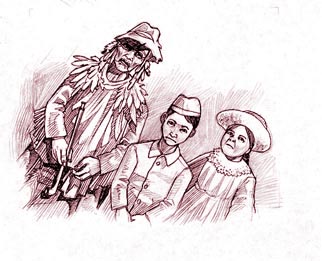When Ottawa turned to the implementation of a system of Indian schooling in the 1870s and 1880s, it did so without any background, personnel, or bureaucratic infrastructure. What experience Indian affairs had with schooling, and there was some stretching back at least as far as the abortive experiments in Upper Canada, was a funding agency for the Christian denominations, who usually imparted at least rudimentary classroom instruction at their missions. Inexperience was a major part of the reason that the federal government, after the last western treaty was made in 1877, turned automatically to the missionary organizations to carry out their pedagogical program. But Ottawa's lack of direct involvement in and experience with education would remain a permanent obstacle to these schools' success.



